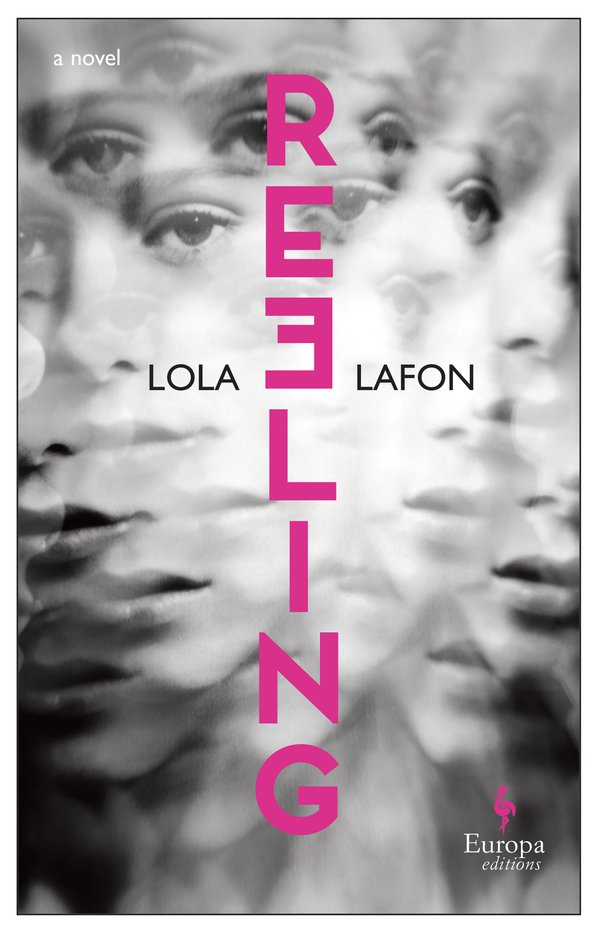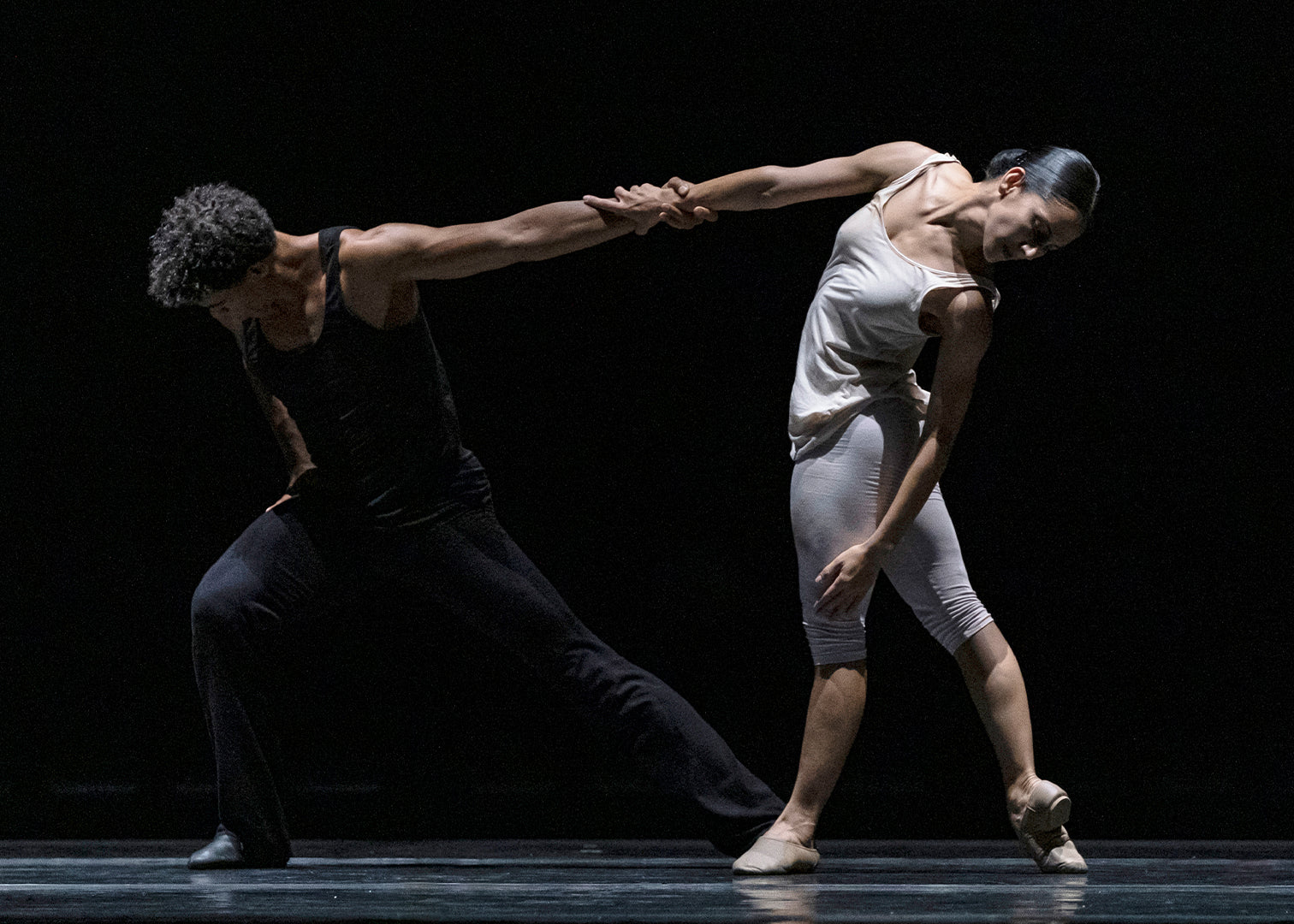Reading Reeling, I am reminded of these works, and of many others. I am reminded of Frank O’Hara’s “Ode to Tanaquil LeClercq,” a poem in which O’Hara envisions the Balanchine muse strangling him by the ribbons of her pointes. I am reminded of Colette, writing of her work in various dance halls, and of her “tired and happy muscles” at each day’s end. Most of all, I am reminded of my own adolescence spent dancing, those years between twelve and eighteen passed in a haze of stretching, self-starving, and, as Lafon might suggest, learning to disassociate. Again, Colette, in The Vagabond, on the moment of dancing: “I am no longer myself, and all is well.”
It becomes immediately clear, however, that not all is well in Reeling. Set in the Parisian suburb of Fontenay, we follow Cléo (“twelve years, five months, and one week old”) as she moves between school, the swimming pool, and Saturdays spent sitting in front of the TV. To escape the rhythms of this “awful, sluggish life,” she begins taking modern-jazz classes at the local youth and culture center. There, Cléo rips across the floor, mastering difficult sequences and sweating to the beats of Irene Cara and Grandmaster Flash. An obsession forms. “Dance,” she writes in her diary, “would fill up (my) life. There would be nothing else.”
This dedication is at once touching and disturbing, echoing far beyond the confines of Cléo’s preteen bedroom. Outside the studio one day is an elegant, well-dressed woman named Cathy. Having laid eyes on our young protagonist, she approaches Cléo as a representative from the mysterious “Galatea foundation,” a group proposing to offer “exceptional students” grant money. Cléo is thrilled: this is her chance at success, at a life beyond “damp and draughty” Fontenay. Soon, Cathy becomes the ultimate fairy godmother—she takes Cléo shopping, to fancy restaurants, and buys her “adult” novels, like The Lover, by Marguerite Duras.
As the reader suspects, Cathy is a kind of French Ghislaine Maxwell, and not only offers Cléo up for abuse, but enlists her help to recruit more girls. After Cléo has been led to a Parisian apartment under the guise of meeting the Galatea judges, her life is forevermore changed, and childhood left swiftly behind. In a turn of several horrific chapters, we watch helplessly as she is assaulted, gaslit, and convinced by Cathy to introduce her to the other girls at her school. If Cléo can keep supplying bodies, then perhaps the so-called “judges” will award her with a scholarships next year. To survive, she begins counting out the time in terms of her dance classes: AND-5-AND-6-AND-7.
Eventually, Cléo grows older, older than she was already. We witness as she engages in a string of affairs and sexual encounters, her “disembodied performance” eerily reminiscent of former scenes. Lafon’s descriptions seem intent on freezing Cléo at the moment of injury: her “sweet face” is that of “a girl disguised as an adult,” and she is elsewhere pronounced “eternally thirteen years-old.” Even her smile reveals a “pretty little girl’s teeth.” Somedays, she finds it difficult to leave bed, eat, or answer the phone- all perfectly reasonable responses to the hell which she has been subjected. And yet, I could not help but think—was Cléo perhaps too easy a target?
The portrayal of the dancer as abused subject seems our era’s favorite trope. While the #MeToo movement uncovered a trove of misconduct within the dance world, and giving voice to these stories is of the utmost importance, the popularity of such narratives verges on fetishization. From Netflix’s 2020 show Tiny Pretty Things to Black Swan to Reeling itself, the dancer presents the perfect victim. Her body is but an instrument, one the dancer “herself” must be somewhat distanced from. Perhaps this is what Lafon means when she writes that dancing is about learning to disassociate, and why Cléo, in later chapters, is pictured as “a marionette with its strings cut out; dislocated, a little dysfunctional heap.”
This analysis, however, misses something important about dancing. What of dancers’ own desires, and further, agency over their bodies? In her essay “Reading Irigiray, Dancing,” Eluned Summers-Bremner attempts to re-establish the dancer as active agent. Utilizing the work of French philosopher Luce Irigiray, she suggests dancing as a means for managing the state of dereliction. Irigiray defines dereliction as the experience of boundarylessness attributed to women. The term signifies their abandonment within the social order where they represent the lost ideal of “home” for men, but remain without the means to figure this loss and longing for themselves. Dereliction is a form of melancholia without an object, a grief that is overwhelming.
Summer-Bremner asserts that is through dance women might foreclose upon the enormity of this longing. Movement, she writes, redistributes masochistic impulses, allowing them continuous release and helping women to resist the need to acquiesce into their positions as markers of loss. In other words, dance manages the fundamentally unmanageable. By articulating a language of the body, it moves women beyond dereliction, offering them refuge from their “homelessness” within the symbolic order and in turn developing a kind of female embodiment. The dancer, then, is hardly a victim. Rather, she represents, for women, an alternative path towards subjecthood in an overwhelmingly male world.
I think again of young Cléo, scribbling in her diary, and I remember the same urgency I felt when, at twelve, I too decided that “dance would fill up my life.” Cléo follows through on this promise: she never stops dancing. Even after the abuse, she continues to train, landing a spot with the Ballets de Malko. Her career takes her to various companies, stages, and places, but none so vital as when, towards the end of the novel, she is solicited by the ELVENID production company. They are filming a documentary exposing the Galatea Foundation, and need Cléo’s help in serving justice. She meets with other survivors, and, as Cléo herself once says, learns how to “hold your ghosts high.”
Reeling is a difficult and uncomfortable read for anyone who has been obsessed with dance. It makes us question our form, time and time again invoking the perils of so bodily an art. Cléo’s body, sexuality, and livelihood are stolen from her. By dancing, she gains it all back.









comments